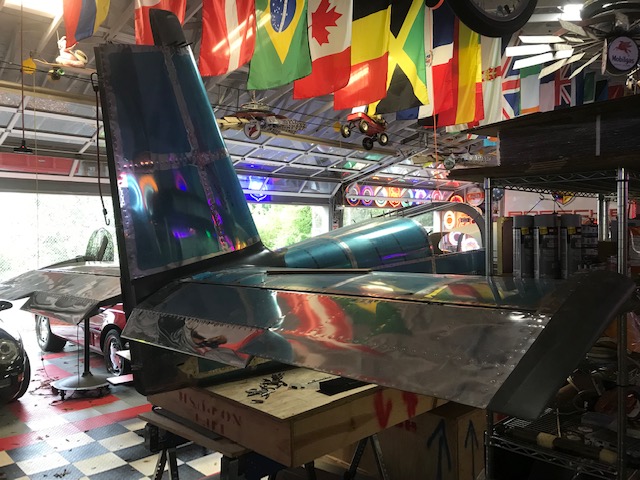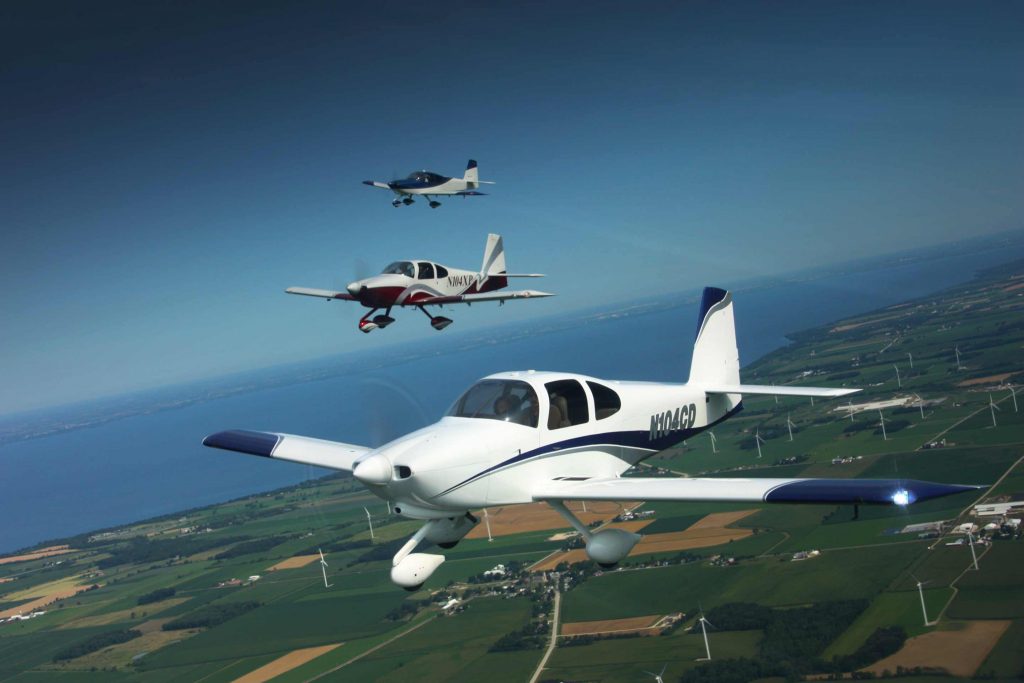Gizmo Gadget’s Garage is currently building a RV10 plane Check out our time time and for more updates
The performance, handling and cost of the RV-10 make it the obvious choice in the limited field of four-seat kit airplanes, and a viable alternative to four-seat production airplanes – singles or twins – as well. The RV-10 is a true four-person airplane, not just an airplane with four seats. It will carry four FAA standard adults, full fuel and sixty pounds of baggage while remaining at or below max gross weight.
The cabin accommodates four full-sized adults. Both front and back seats will hold people 6’4″ tall and provide them with truly comfortable leg and headroom. Pilot seats can be adjusted in the cabin while seated.

The RV-10 is designed to fly well on various versions of the bulletproof six-cylinder Lycoming O-540 engine, developing between 235 and 260 hp. In our prototype, power is provided by a fuel-injected 260 hp Lycoming IO-540.
When many pilots say “performance” they really mean “speed.” The RV-10 is a fast airplane – it will cruise just under 200 mph – but speed is only part of the story.
The RV-10 derives its high cruise speed from a clean, light airframe instead of from a big, consumptive engine. This means cruise at lower speeds can be very economical. Company pilots often choose to cruise at 50-55% power and take advantage of the economy available there. At 175 mph, the RV-10 is covering more miles per gallon than most of the luxury cars, pickup trucks and SUVs it is flying over.
























A FAA inspector will do a thorough inspection of the airplane and advise us to make corrections or if we’ve done everything correctly sign off the airplane as “air worthy”. I will fly the aircraft for a total of at least 40 hours as sole occupant (FAA requires this).
Will fly the aircraft to an aircraft paint shop for some cool colors paint!

We offer a 10% discount for active military,
veterans, and first responders.
Any signs pictured that reference Delta Air Lines or the widget symbol are for examples of our capabilities only. We cannot sell them due to trademark concerns